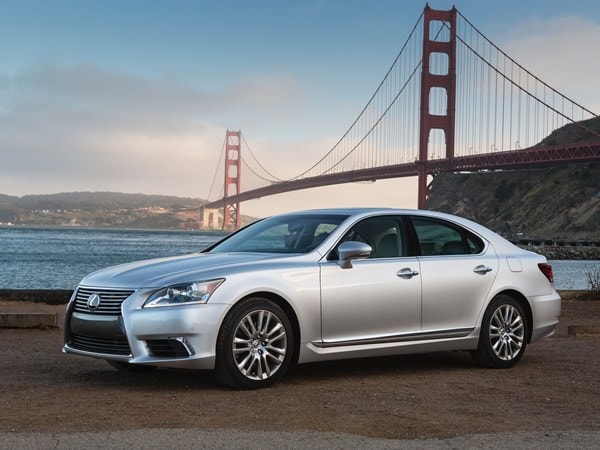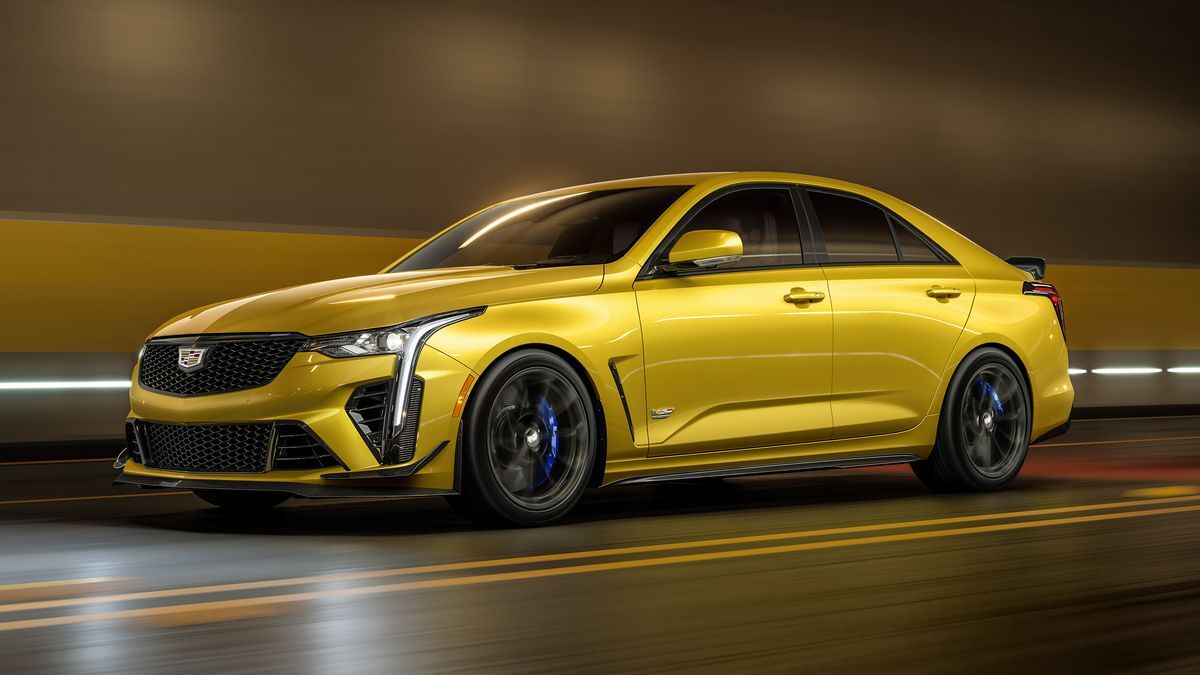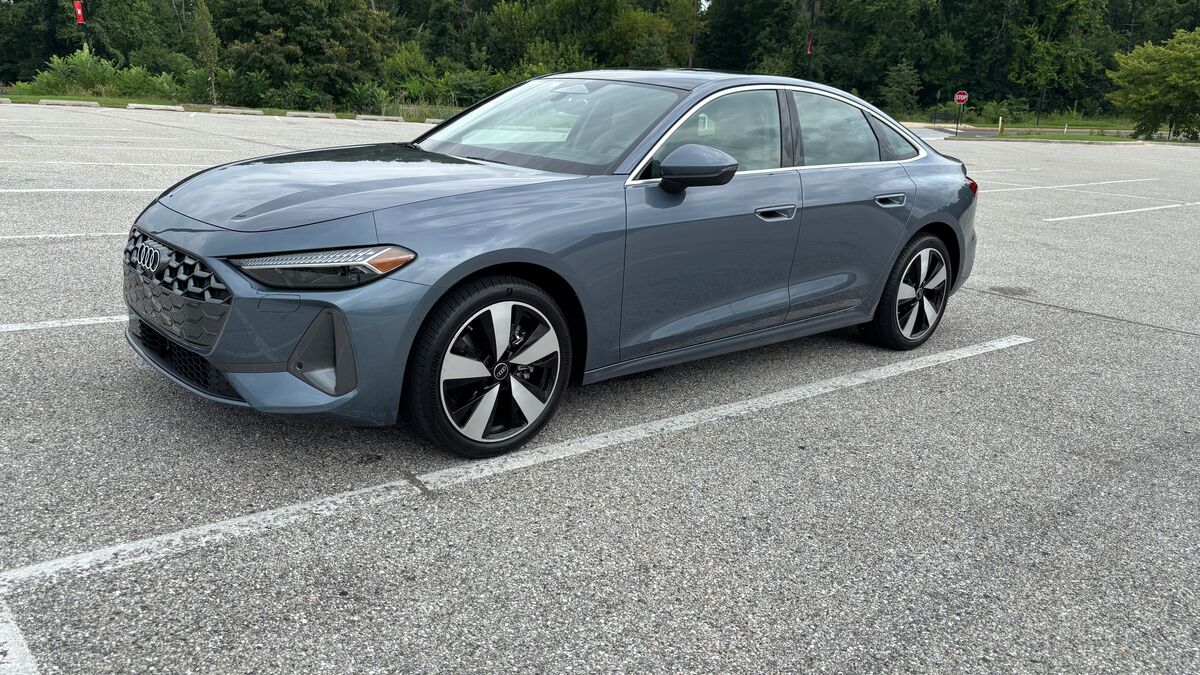
Higher vehicle prices are fueling a rise in leasing to record levels, accounting for nearly one in every three transactions. Experian Automotive reports that leasing penetration reached 31.1 percent in the first quarter of the 2016 and also noted that used vehicle leases are also up 2.1 percent over a year ago.
“The continued rise in new vehicle costs have kept many consumers exploring options to keep their monthly payments affordable,” said Melinda Zabritski, Experian senior director of automotive finance. “As long as vehicle prices continue to rise, we can expect leasing rates to grow along with them. However, consumers need to understand the nuances of their lease agreements and make sure that leasing fits their lifestyle.” For Kelley Blue Book’s Complete Guide to Leasing, click here.
In addition to the rise in leasing, Experian also reports that a growing number of prime borrowers are shifting from new to used vehicles, while the number of sub-prime borrowers is up in the new vehicle market. Prime borrowers are those with high credit ratings who often get the lowest rates, while sub-prime borrowers have lower ratings and often pay higher interest rates to offset the riskier loans.
These prime borrowers have decided to buy used vehicles 54 percent of the time, up 4.8 percent from last year, while sub-prime borrowers for new vehicles increased 5.5 percent over the same period.
“The record highs we have seen in vehicle prices also have had a significant impact on the loan market,” Zabritski pointed out. “As a result, we will continue to see consumers view used vehicles, longer-term loans and leasing as a way to keep payments affordable.”
The high prices are reflected in the average loan amount, which Experian pegs at $30,032, an all-time high. Loan amounts on used vehicles also hit new highs in the first quarter, $20,723 for used units retailed by franchised dealers and $16,124 by independent outlets. Average loan terms also increased to 68 months, up one month, for new vehicles, while average monthly payments also peaked at $503 for a new car. The average interest rate on a new car loan is 4.79 percent.
Big incentives on sedans
Buyers continue to show a greater preference for SUVs and trucks over traditional cars, with 6 of the top 10 vehicles sold in May falling into the former category. As a result, some industry analysts are calling the lack of interest in 4-doors a “sedan recession.”
To counter this trend, automakers have launched generous incentives on sedans, including luxury models. Lexus is currently offering as much as $7,500 on its 2016 LS 460, $5,000 on its GS 200t and $4,000 on the GS 350. The midsize ES 300h and ES 350 are eligible for $3,000 cash back while the IS lineup has rebates ranging from $2,000 to $2,500. The 2016 Hyundai Equus has a $3,000 rebate, while Cadillac is offering $3,500 on the 2016 XTS. On the other end of the spectrum, Dodge has a $4,000 cash back offer on the 2016 Dart, while Chrysler has as much as $2,500 on the 2016 200.
Hybrid versions of Ford’s Fusion, the plug-in Energi and standard hybrid model have $3,000 to $4,000 rebates on 2016 models.
More trucks, less cars
Responding to this shift in the market, automakers will be shortening July shutdowns at a number of truck plants, while extending the summer breaks for plants producing cars. Ford said it would be reducing the traditional two-week closures to one week at five plants in the U.S. and Canada that make pickup trucks, crossovers and SUVS. Fiat Chrysler Automobiles will be doing away with summer shutdowns at five of its plants producing Jeeps and Ram trucks and will also shorten two week closures to just one week at three additional truck and crossover plants.
Meanwhile, Ford will be closing its Wayne, Mich., assembly plant that makes the Ford Focus and C-Max, up to five additional weeks through the end of the year to balance inventories. FCA has eliminated a shift at its Sterling Heights, Michigan, assembly plant that makes the Chrysler 200, idling 1,300 workers indefinitely.
Used car values up
As the inventory of off-lease vehicles climbs, the expected glut in the used car market has yet to materialize. Values are actually up slightly, according to the Manheim Use Vehicle Value Index. Manheim is a sister company of Kelley Blue Book, both of which are part of Cox Automotive.
The index, which is adjusted for vehicle make, model and time of year, was at 124.5 last month, up nearly a point from a year earlier and nearly two points up over April, 2016. “It is a little bit of a surprise,” Tom Webb, Cox Automotive chief economist told Automotive News. The gain, Webb said, is attributed more towards dealers maximizing value rather than an upward pressure on pricing. He explained that dealers are turning inventory faster, have lowered expenses and have increased throughput to take advantage of the increasing number of cars on the market.
In the months ahead, Webb said that conditions favor a decline in used vehicles prices and higher incentives on new vehicles may soon begin to impact used vehicle residual values. Manheim reports that used vehicle sales continue to show steady increases. National Automobile Dealer Association data indicates used retail volume increased 6 percent in the first quarter. Numbers were also up 5 percent at franchised dealers, 8 percent among independents and 5 percent with private parties.
The rundown
While station wagons comprise barely 1 percent of the market, Mercedes-Benz is intent in remaining a player in the segment, taking the wraps off the 2017 Mercedes-Benz E400 4Matic Wagon.
The 2017 Mazda CX-3 marks the second model year on the market for the Japanese automaker’s subcompact crossover SUV. It returns with no price increase.
Compact crossover SUVs remain hot and our editorial team tests the redesigned 2017 Ford Escape and Kia Sportage against the 2016 Honda CR-V, Hyundai Tucson, Mazda CX-5 and Mitsubishi Outlander Sport. Check out the full test here.
Shopping for a new car? Check out these helpful advice articles:
Lease or buy your next new vehicle.
Which dealer services are right for you?
What to look for in your next economy car.







